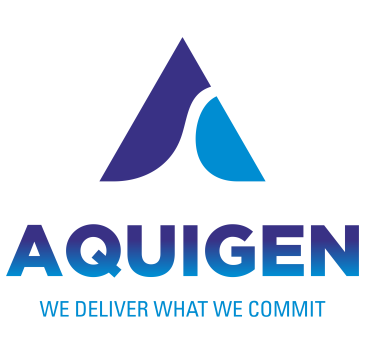In the realm of pharmaceutical development and production, the pursuit of purity is paramount. Yet, the reality is that no drug substance or product is entirely free from impurities. These unwanted compounds, even in trace amounts, can significantly impact a medicine’s safety, efficacy, and quality. As the pharmaceutical industry continues to evolve, understanding and managing impurities has become a critical aspect of drug development and quality control.
This blog post by Aquigen Bio Sciences experts delves into the world of pharmaceutical impurities in medicines, exploring their origins, potential impacts, and the rigorous processes employed to identify, characterize, and control them. We’ll examine why impurities matter so much in medicine, the regulatory landscape surrounding them, and the advanced techniques used to detect and manage these substances. Whether you’re a pharmaceutical professional, a healthcare provider, or simply curious about the intricacies of drug manufacturing, this comprehensive look at impurities in medicine will provide valuable insights into this crucial aspect of pharmaceutical science.
Types of Impurities in Pharmaceuticals
Impurities in pharmaceuticals can come from various sources and are typically categorized based on their origin and characteristics. Understanding these categories is crucial for effective impurity management.
Organic Impurities
Organic impurities are carbon-containing compounds that can arise from the synthesis process, degradation of the active pharmaceutical ingredient (API), or interactions between the API and excipients. These may include:
- Starting materials
- By-products
- Intermediates
- Degradation products
- Reagents, ligands, and catalysts
Inorganic Impurities
Inorganic impurities are typically introduced during the manufacturing process and can include:
- Salts
- Heavy metals
- Catalysts
- Filter aids
Residual Solvents
These are organic volatile chemicals used or produced during the manufacturing process. They are classified into three categories based on their potential risk:
- Class 1: Solvents to be avoided
- Class 2: Solvents to be limited
- Class 3: Solvents with low toxic potential
Elemental Impurities
These include metallic and non-metallic elements that may be present in drug products due to various factors such as:
- Intentional addition
- Interactions with processing equipment
- Naturally occurring sources of raw materials
Why Impurities Matter in Medicine
The presence of impurities in pharmaceuticals is a significant concern for several reasons. Impurities can potentially cause adverse effects in patients. Some impurities may be toxic, carcinogenic, or teratogenic, posing serious health risks even in small quantities. Certain impurities can interact with the active ingredient, potentially reducing its effectiveness or altering its pharmacological properties. Impurities can affect the stability of the drug product, potentially leading to reduced shelf life or compromised quality over time. Strict regulations govern the presence of impurities in pharmaceuticals. Non-compliance can lead to product recalls, regulatory actions, and damage to a company’s reputation. The presence of impurities can be indicative of manufacturing process issues or quality control failures, necessitating thorough investigation and corrective actions.
Challenges in Impurity Management
Despite advancements in analytical techniques and regulatory guidance, several challenges persist in managing pharmaceutical impurities such as, detecting and quantifying impurities at extremely low levels remains challenging, often requiring highly sensitive and specific analytical methods and characterizing previously unknown impurities can be complex and time-consuming, managing potentially genotoxic impurities requires special consideration due to their ability to damage DNA even at very low levels, the shift towards continuous manufacturing processes presents new challenges in real-time impurity monitoring and control, impurity profiling for biologics and other complex molecules present unique challenges due to their structural complexity and variability.
Conclusion
The management of impurities in pharmaceuticals is a critical aspect of ensuring drug safety, efficacy, and quality. As our understanding of impurities and their potential impacts grows, so too does the sophistication of our approaches to detecting, characterizing, and controlling these unwanted compounds.
For pharmaceutical companies and researchers engaged in this crucial work, having access to high-quality impurity standards is essential. Aquigen Bio Sciences, as a leading impurity standards supplier in Pune, India, plays a vital role in supporting the pharmaceutical industry’s efforts to maintain the highest standards of drug purity and safety.
We offer a comprehensive range of impurity standards, including process-related impurities, degradation products, and metabolites. Their expertise in synthetic chemistry and commitment to quality make them an ideal partner for pharmaceutical companies seeking reliable impurity standards for their research and quality control processes.
As the field of impurity management continues to evolve, collaborations with specialized suppliers like Aquigen Bio Sciences will be increasingly important in meeting the challenges of ensuring pharmaceutical purity and safety. By leveraging their expertise and high-quality standards, pharmaceutical companies can enhance their impurity management strategies and contribute to the development of safer, more effective medicines for patients worldwide. Feel free to get in touch with us for impurity standards.


